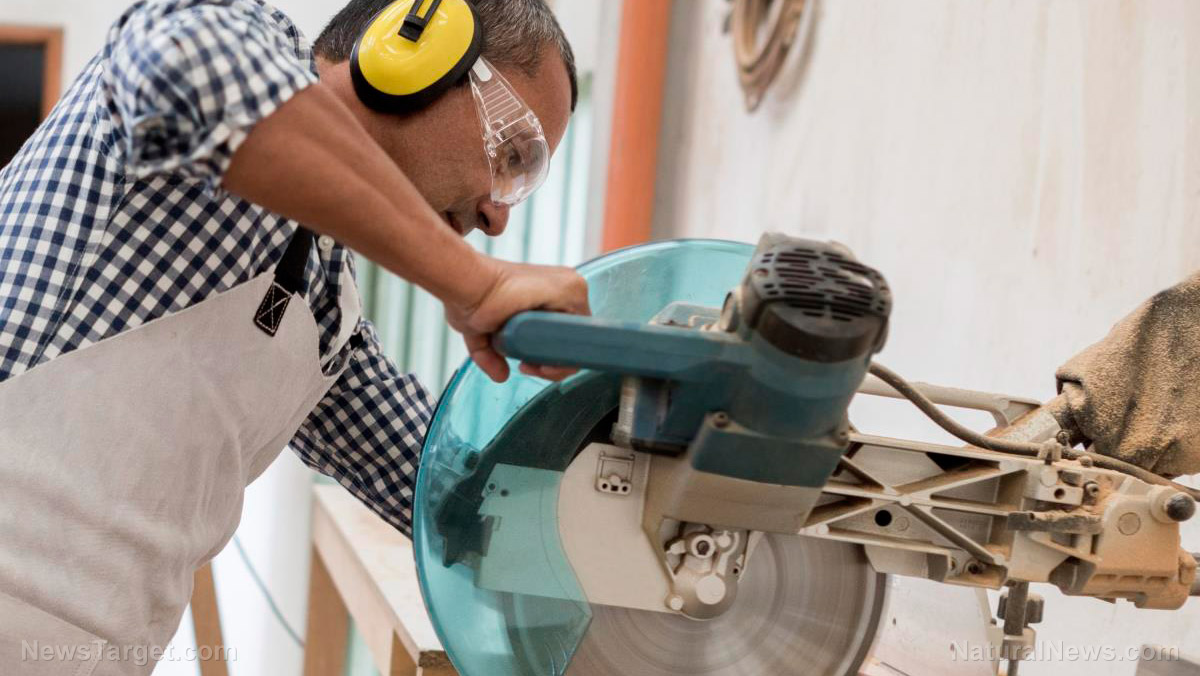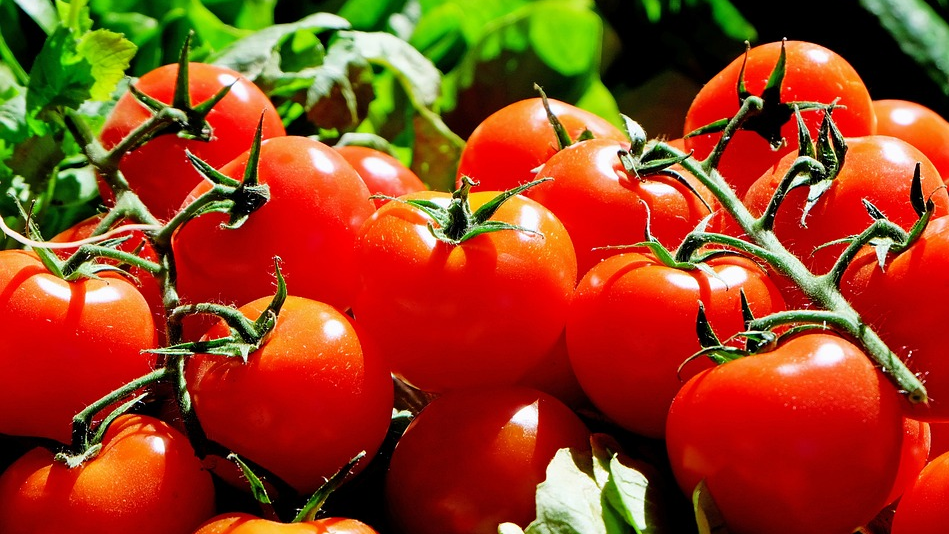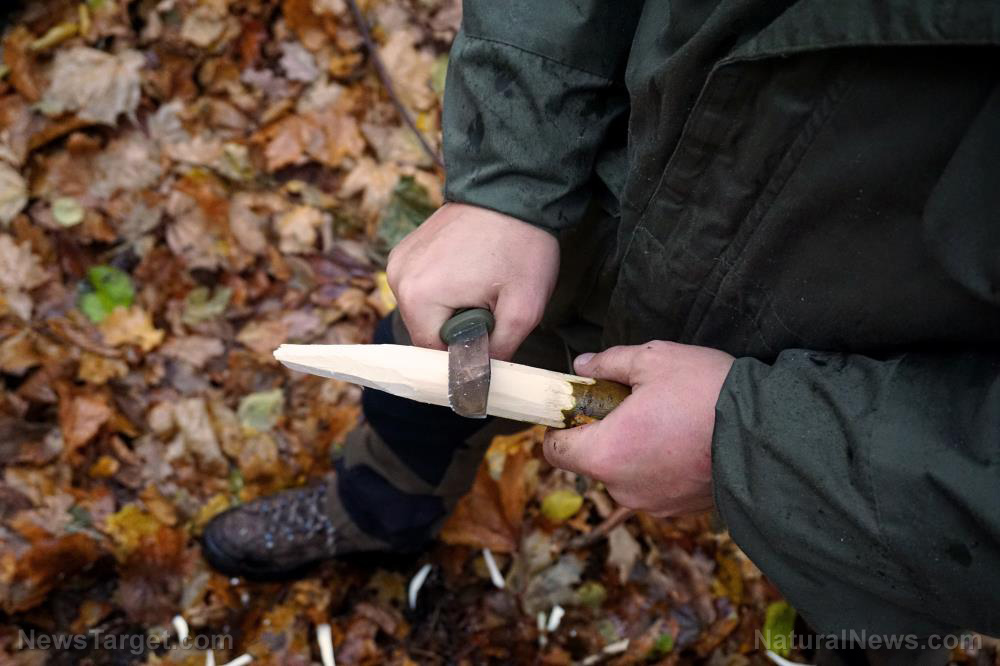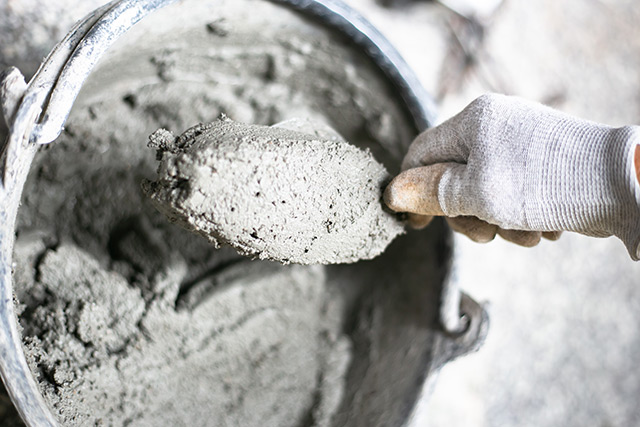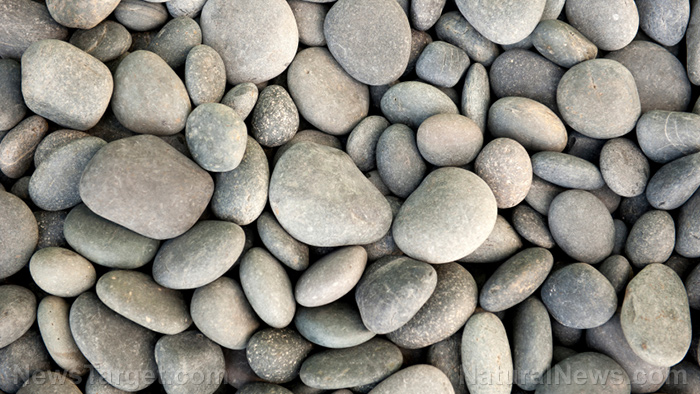Leftover inspiration: Look in your fridge for ideas for your next gardening project
08/12/2019 / By Edsel Cook

A good prepper knows how to make the most of any item in his home. In the case of kitchen scraps like vegetable leftovers, you may turn them into a new source of food by regrowing them in a little soil or even a glass of water. (h/t to HomesteadSurvivalSite.com)
Many vegetables regrow easily. Just set the scraps in a container with fertile soil and clean water before leaving them under the sun.
Put the heart of a cabbage or lettuce in a bowl with water and expose it to sunlight. Change the water every day or two. The heart will eventually sprout roots and leaves. Harvest these while reusing the core.
Keep the roots of green onions, fennel, leeks, and scallions intact. Set the white root in a container with water that covers the bulb. Replace the water regularly. Either collect the new shoots while preserving the roots or plant the bulbs outdoors during springtime. Onions need more room than smaller root veggies. Otherwise, they regrow in the same way as green onions.
A single clove of garlic is enough to regrow the bulb. Make sure that the root end of the clove points down while planting it in a container with soil.
Turn kitchen scraps into fresh new vegetables
Push a piece of ginger root partway into the soil. Ensure the nubbins point upward. Do not put it directly under sunlight and make sure the soil stays moist. The ginger will start growing in two weeks.
A celery base needs to be at least an inch long. Cultivate it like onions and fennel. It takes several weeks to regenerate. To get full-sized celery, transplant it into the soil.
If a potato develops “eyes,” it is ready for regrowing. Cut it into small pieces with an eye or two apiece. Let them dry for two to three days. Plant each piece six inches deep in rich soil. The eyes must point upward. When they sprout, add more soil.
Cut a sweet potato in half. Use toothpicks to suspend the piece over water. The tuber grows sprouts in a few days.
When the sprouts reach four inches in length, carefully twist them off. Put them in another container of water. Let them grow their roots to an inch before replanting them in soil.
Put a four-inch-long stem of basil or cilantro in a container of water. Keep the leaves over the waterline. Once the herb’s regenerated roots grows to two inches, transplant the plant to a container or herb garden.
Even mushrooms may be regrown
Don’t throw away the tops of beets, carrots, parsnips, and turnips. Instead, put the unused parts of the root vegetables in a shallow container of water.
The tops will take a few days to start regrowing. Let the root veggies grow until they become big enough for transplanting into soil-filled containers, where they may continue the growing process.
Cut three-inch-long pieces from the tops of rosemary stalks. Set these stubs in a glass of water. Wait for the roots to grow out before moving the rosemary to the soil.
Homesteaders who want a steady and convenient supply of healthy lemon grass may start by soaking the root in a glass jar. There must be enough water to cover the entire root.
Put the jar in a windowsill that gets sunlight. The root will regenerate in less than a week. Either move the lemon grass into a pot with soil or plant it in an herb garden.
Mushrooms aren’t plants and are much more finicky. But a homesteader may set the base of a mushroom in fertile soil with only the tip showing. If it proves humid and warm enough, the stalk will regrow a new head.
Visit Offgrid.news for more tips on growing your own food and living a sustainable life.
Sources include
Tagged Under: DIY, food collapse, food recycling, food supply, greenliving, herb garden, home gardening, Homesteader, homesteading, how-to, off grid, Off-the-grid living, Plants, preparedness, prepper, prepping, self-reliance, survival, survival food, sustainable living, vegetable garden
RECENT NEWS & ARTICLES
Homesteading.News is a fact-based public education website published by Homesteading News Features, LLC.
All content copyright © 2018 by Homesteading News Features, LLC.
Contact Us with Tips or Corrections
All trademarks, registered trademarks and servicemarks mentioned on this site are the property of their respective owners.



